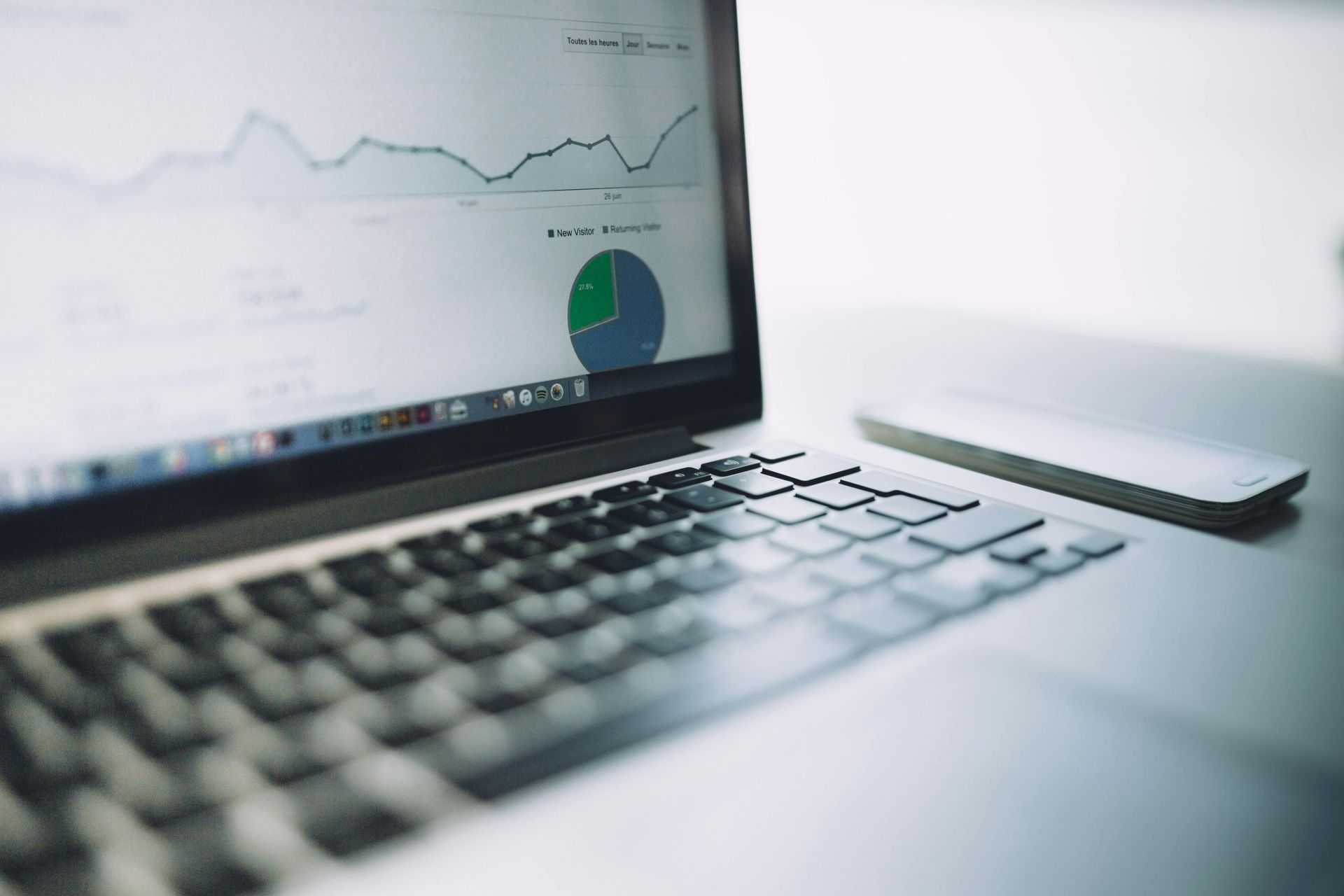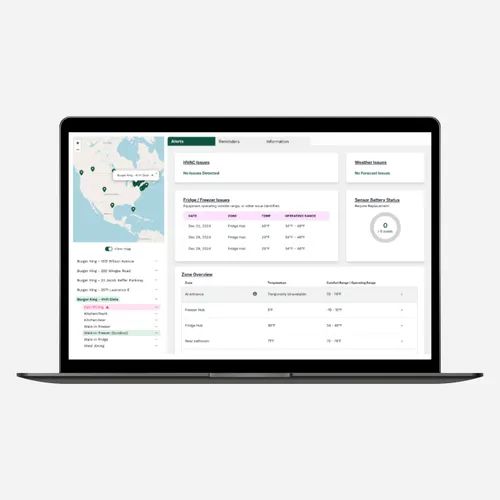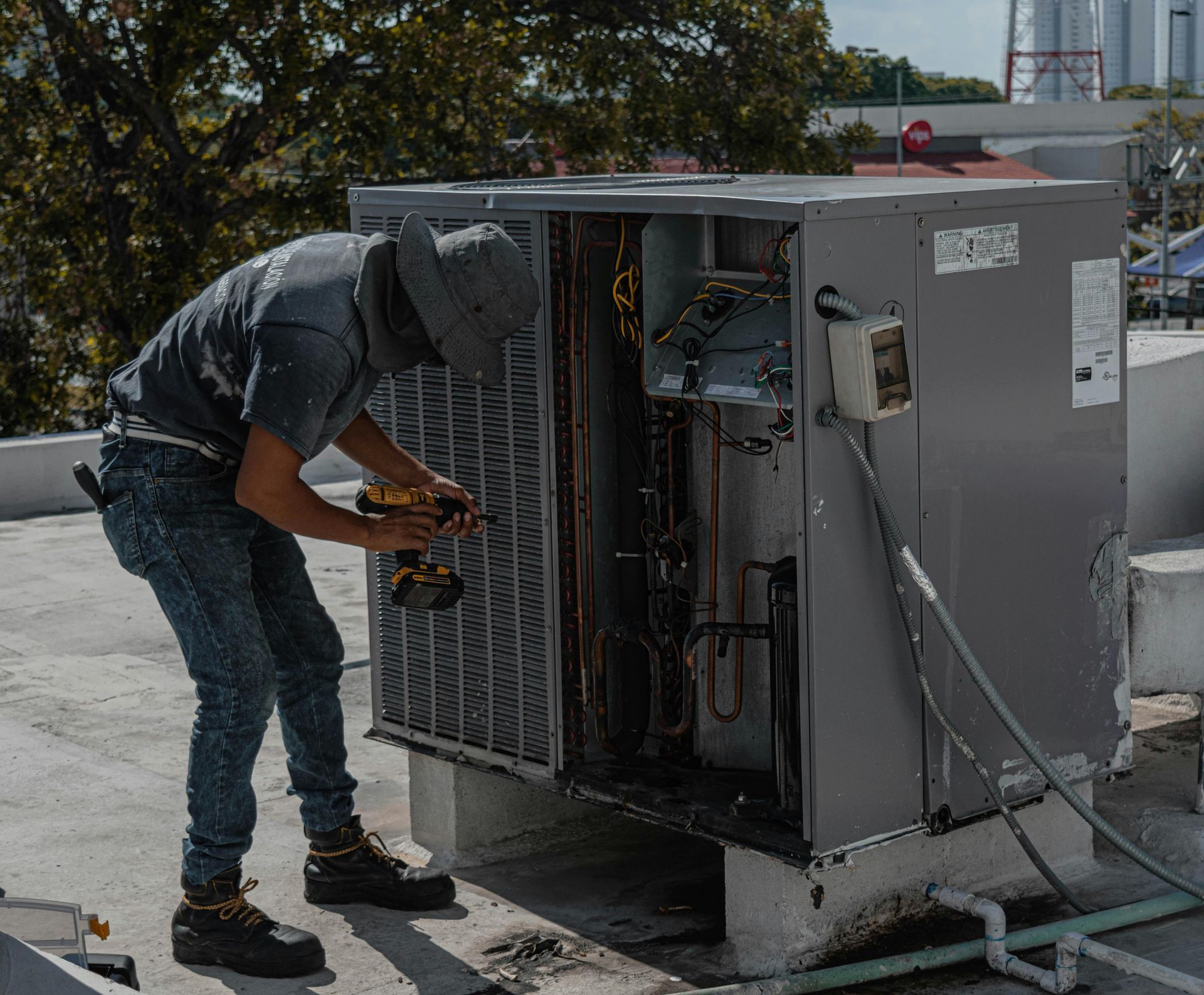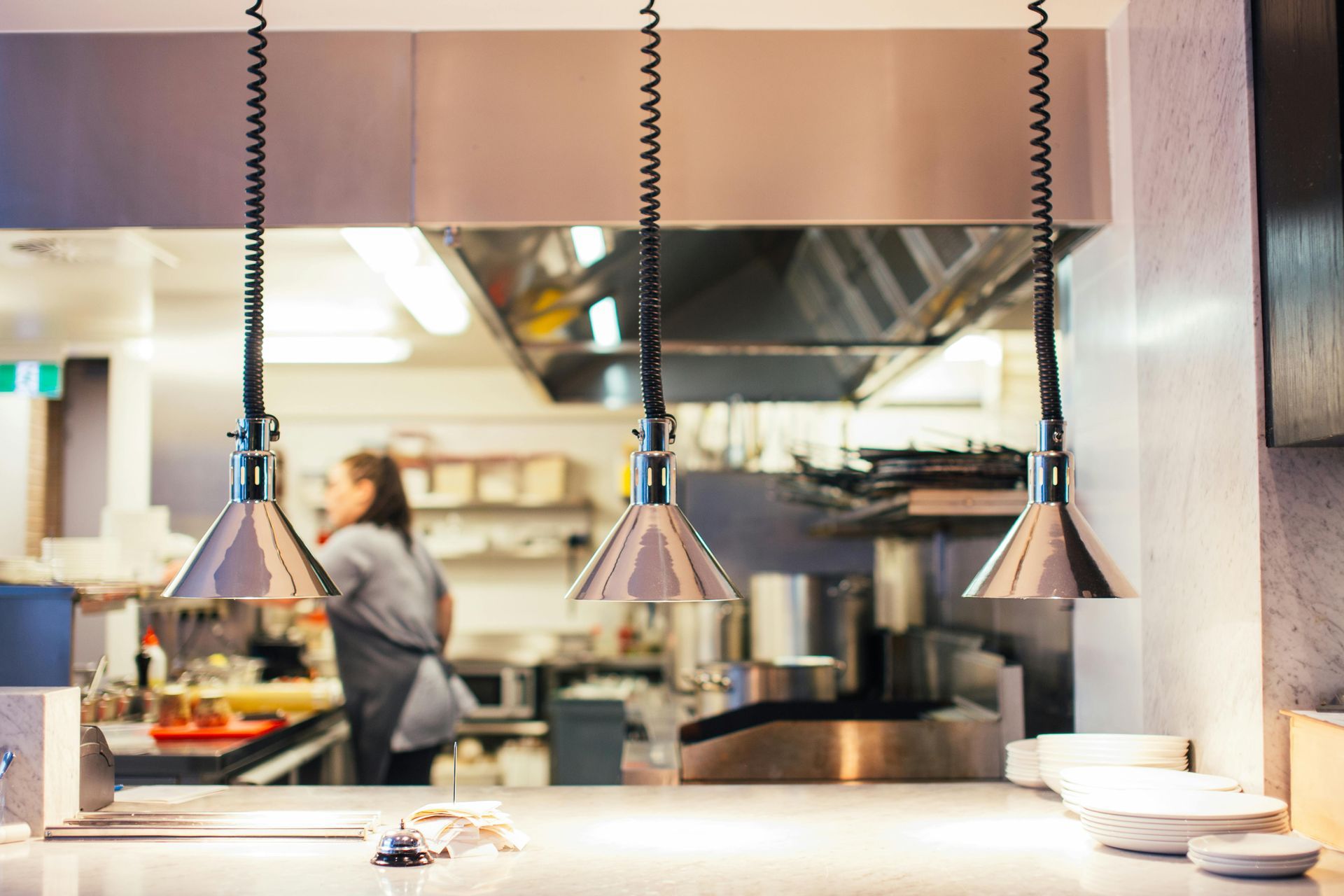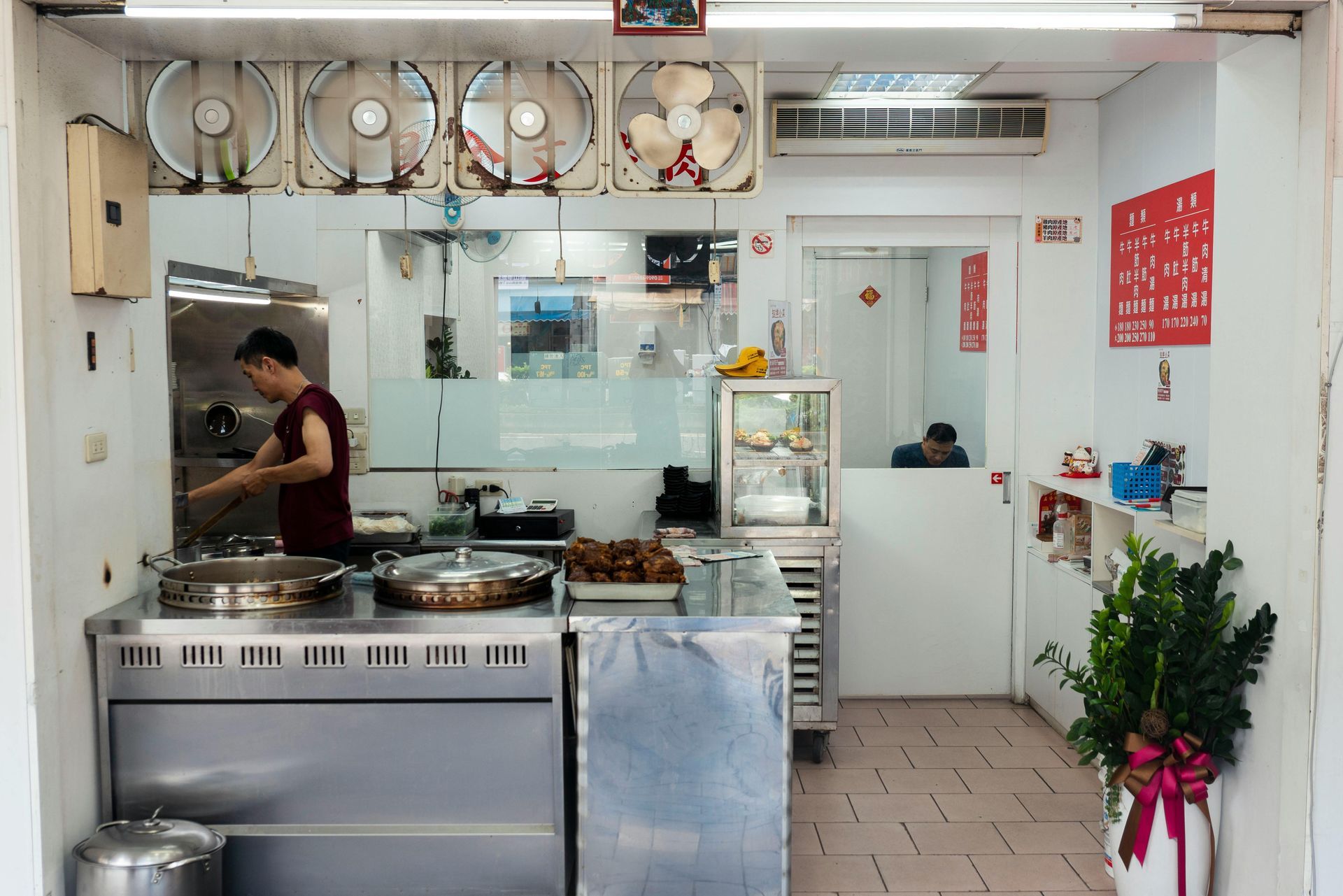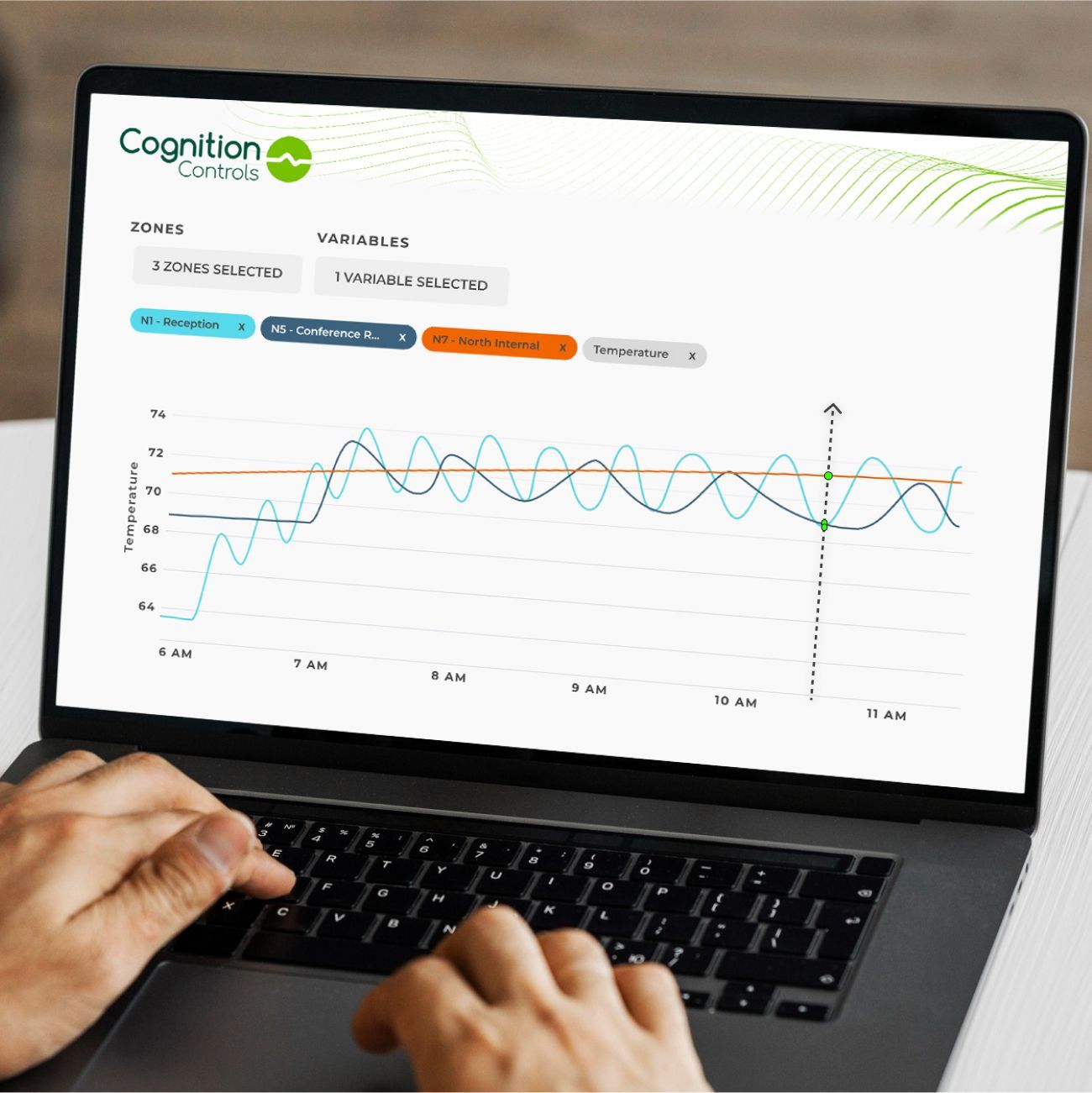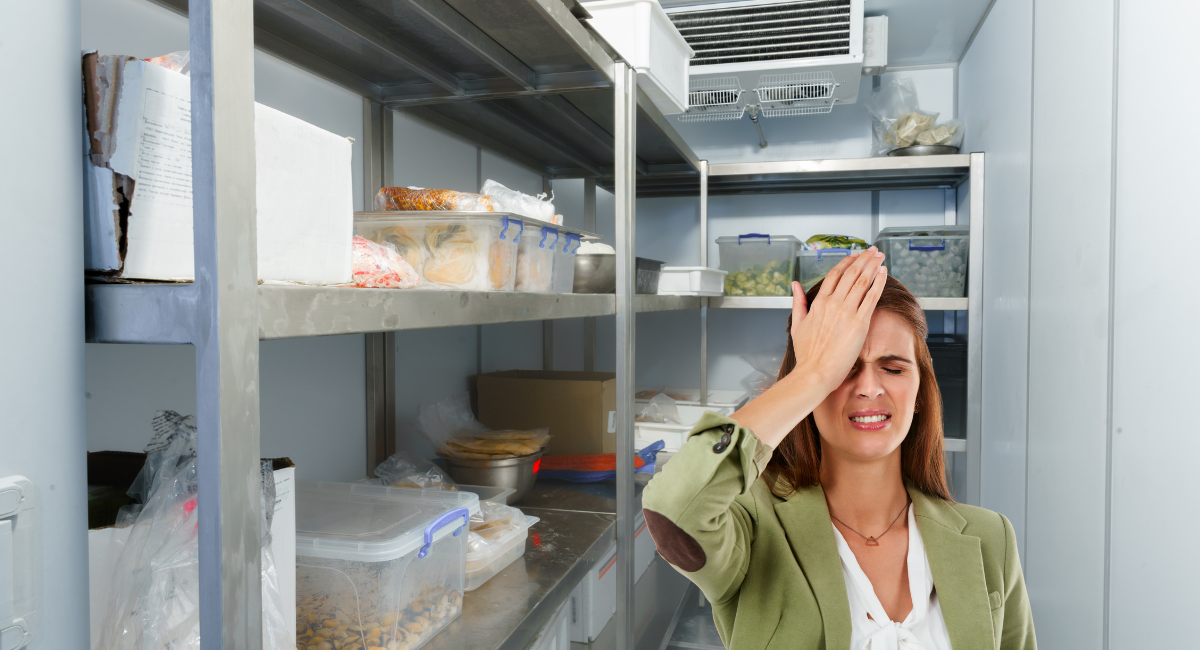Simple Ways to Improve Energy Efficiency in Small Buildings
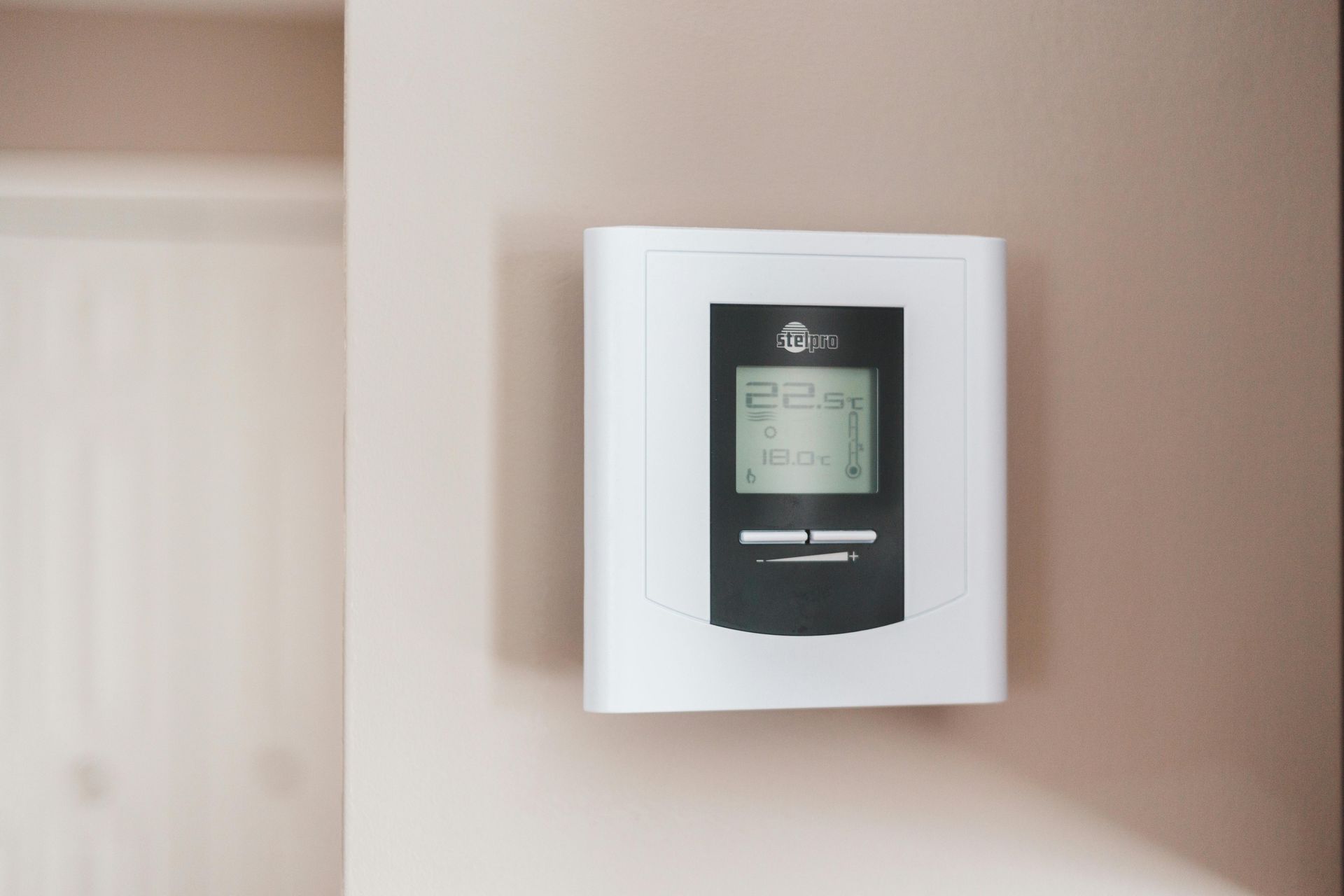
Running a business is tough enough without high utility bills sneaking up on you. For small building owners—whether you manage a café, a retail space, or a neighborhood office—the way you manage heating, cooling, and refrigeration can make a big difference on your monthly expenses.
The good news? You don’t need to overhaul your entire setup to see real savings. A few smart changes can go a long way. Let’s look at some simple and effective ways to improve energy efficiency in small buildings without turning your daily operations upside down.
1. Start with a Smart Thermostat
If your building still uses a basic manual thermostat, it’s probably costing you more than you realize. Switching to a smart commercial thermostat will help manage and track operations remotely, and a better schedule for your building occupancy is critical to generating consistent energy savings.
A smart thermostat that helps you track data, identify opportunities, and take action to achieve them not only saves energy but also extends the life of your HVAC equipment.
2. Identify Other Areas For “Smart” Technology
Consider where else your physical infrastructure could improve operational efficiency with additional data and remote control. For example:
- Lights
- Doors
- Refrigeration temperature monitoring
For small businesses, that means less guesswork and more predictable energy use. Whether you're managing one location or a few across town, smart controls help you keep everything running smoothly, without the need for onsite checks and manual adjustments.
3. Use Zoned Temperature Settings
Not every area of your building needs to be heated or cooled the same way. For example, a storage room or back office doesn’t need the same level of climate control as your main customer space.
Smart systems let you set different temperatures for different zones, helping you avoid waste and better tailor comfort levels to each space. It’s a simple tweak that adds up quickly over time.
4. Monitor Refrigeration Equipment
For restaurants, cafés, and convenience stores, refrigeration can account for a large chunk of energy use. But refrigerators and freezers don’t always run as efficiently as they should—especially if doors are left open or components are starting to wear down.
With temperature monitors you can keep tabs on temperature fluctuations, identify poor door closure practices, and get ahead of operating temperature trends. This helps you avoid spoilage, identify onsite improvements, and get ahead of equipment issues.
5. Don’t Ignore Maintenance Alerts
Even the best equipment needs attention now and then. One of the biggest benefits of modern smart thermostats and monitoring tools is that they don’t just show you how your systems are performing, they help you understand exactly when and on what equipment to spend your maintenance budget.
By alerting you to issues like clogged filters or irregular compressor cycles, these tools allow you to be proactive. This approach reduces wear and tear, avoids costly emergency breakdowns, and ensures you’re investing your maintenance dollars where they'll have the most impact, helping to maintain both comfort and cost control.
Small Adjustments, Big Results
Improving energy efficiency in small buildings doesn’t require major renovations or complex systems. By making thoughtful changes, such as upgrading to smart thermostats and controls, and using data-driven maintenance alerts to strategically allocate your budget, you can create a more comfortable space while cutting unnecessary costs.
At Cognition Controls, we help small businesses take control of their energy use with smart thermostat and refrigeration monitoring hardware that is easy to install, built to last, and provide valuable insights to help you reduce costs. Whether you’re running one location or a handful across town, we’re here to make building management simpler and smarter.
Want to see how it works?
Book a demo or start a free trial today—and find out how small changes can lead to long-term savings.



